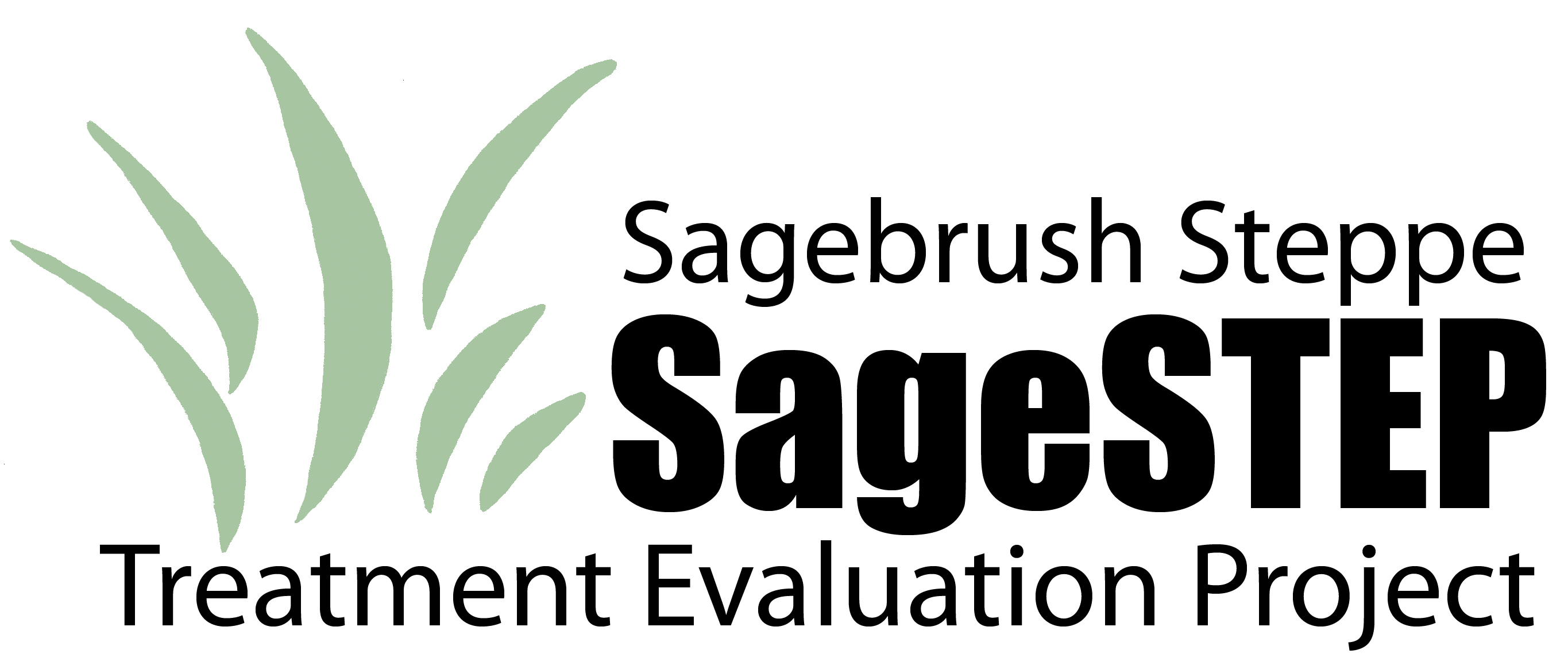Document Type
Article
Journal/Book Title/Conference
Rangeland Ecology & Management
Volume
72
Issue
1
Publisher
Society for Range Management
Publication Date
9-21-2018
First Page
47
Last Page
68
Creative Commons License

This work is licensed under a Creative Commons Attribution-Noncommercial-No Derivative Works 4.0 License.
Abstract
Land managers across the western United States are faced with selecting and applying tree-removal treatments on pinyon (Pinus spp.) and juniper (Juniperus spp.) woodland-encroached sagebrush (Artemisia spp.) rangelands, but current understanding of long-term vegetation and hydrological responses of sagebrush sites to tree removal is inadequate for guiding management. This study applied a suite of vegetation and soil measures (0.5 − 990 m2), small-plot rainfall simulations (0.5 m2), and overland flow experiments (9 m2) to quantify the effects of mechanical tree removal (tree cutting and mastication) on vegetation, runoff, and erosion at two mid- to late-succession woodland-encroached sagebrush sites in the Great Basin, United States, 9 yr after treatment. Low amounts of hillslope-scale shrub (3 − 15%) and grass (7 − 12%) canopy cover and extensive intercanopy (area between tree canopies) bare ground (69 − 88% bare, 75% of area) in untreated areas at both sites facilitated high levels of runoff and sediment from high-intensity (102 mm • h− 1, 45 min) rainfall simulations in interspaces (~ 45 mm runoff, 59 − 381 g • m− 2 sediment) between trees and shrubs and from concentrated overland flow experiments (15, 30, and 45 L • min− 1, 8 min each) in the intercanopy (371 − 501 L runoff, 2 342 − 3 015 g sediment). Tree cutting increased hillslope-scale density of sagebrush by 5% and perennial grass cover by twofold at one site while tree cutting and mastication increased hillslope-scale sagebrush density by 36% and 16%, respectively, and perennial grass cover by threefold at a second more-degraded (initially more sparsely vegetated) site over nine growing seasons. Cover of cheatgrass (Bromus tectorum L.) was < 1% at the sites pretreatment and 1 − 7% 9 yr after treatment. Bare ground remained high across both sites 9 yr after tree removal and was reduced by treatments solely at the more degraded site. Increases in hillslope-scale vegetation following tree removal had limited impact on runoff and erosion for rainfall simulations and concentrated flow experiments at both sites due to persistent high bare ground. The one exception was reduced runoff and erosion within the cut treatments for intercanopy plots with cut-downed-trees. The cut-downed-trees provided ample litter cover and tree debris at the ground surface to reduce the amount and erosive energy of concentrated overland flow. Trends in hillslope-scale vegetation responses to tree removal in this study demonstrate the effectiveness of mechanical treatments to reestablish sagebrush steppe vegetation without increasing cheatgrass for mid- to late-succession woodland-encroached sites along the warm-dry to cool-moist soil temperature − moisture threshold in the Great Basin. Our results indicate improved hydrologic function through sagebrush steppe vegetation recruitment after mechanical tree removal on mid- to late-succession woodlands can require more than 9 yr. We anticipate intercanopy runoff and erosion rates will decrease over time at both sites as shrub and grass cover continue to increase, but follow-up tree removal will be needed to prevent pinyon and juniper recolonization. The low intercanopy runoff and erosion measured underneath isolated cut-downed-trees in this study clearly demonstrate that tree debris following mechanical treatments can effectively limit microsite-scale runoff and erosion over time where tree debris settles in good contact with the soil surface.
Recommended Citation
Williams, C.J., Pierson, F.B., Kormos, P.R., Al-Hamdan, O.Z., Nouwakpo, S.K., and Weltz, M.A. 2019. Vegetation, hydrologic, and erosion responses of sagebrush steppe 9 yr following mechanical tree removal. Rangeland Ecology and Management 72: 47-68. doi: 10.1016/j.rama.2018.07.004



